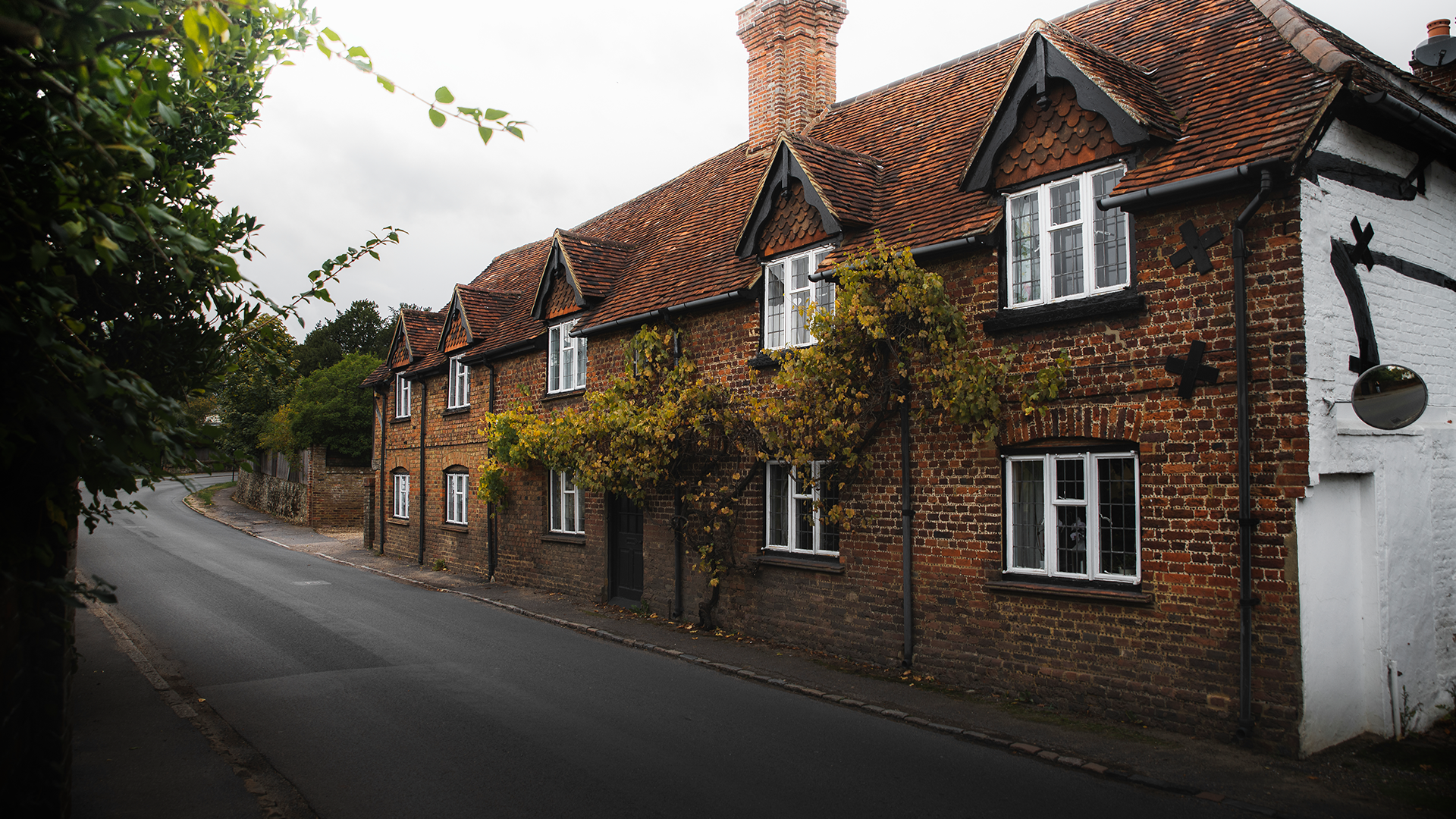In this article
If you are considering letting out your property, you may be wondering whether a buy-to-let mortgage is necessary or if your current residential mortgage will suffice.
While the idea of renting your home can be appealing, it is important to ensure you are complying with your lender’s terms and understanding the potential implications.
Residential Mortgages and Renting Rules
A residential mortgage is specifically designed for homeowners who intend to live in the property themselves.
Most lenders include clauses in their agreements that prohibit letting out the property without prior approval.
Renting without consent could breach your mortgage terms, leading to serious consequences such as financial penalties or even demands for immediate loan repayment.
For short-term or temporary situations, lenders may offer a solution known as consent to let.
This allows you to let the property without switching to a buy-to-let mortgage, but it is usually a temporary measure and not suitable for ongoing rental arrangements.
Speak to an Advisor – It’s Free!
Schedule a free callback from one of our experts today.
- All situations considered
- Transparent and honest mortgage advice
- We search 1000s of purchase and remortgage deals
Our customers rate us 4.9/5
What Is Consent to Let?
Consent to let is often granted for temporary scenarios, such as moving abroad for work or trialling property letting before committing fully to a rental strategy.
Lenders may approve this arrangement under certain conditions, such as adjusting your interest rate or charging a fee. It is important to remember that consent to let is not a permanent solution.
If you intend to rent your property for a longer period, transitioning to a buy-to-let mortgage is likely the better choice.
The Benefits of a Buy to Let Mortgage
Buy-to-let mortgages are designed for properties intended as rental investments and come with features tailored to landlords.
These products allow lenders to consider rental income when assessing affordability, which can enable higher borrowing limits compared to residential mortgages.
For those planning a rental portfolio or long-term investment, buy-to-let mortgages offer flexibility. For instance, a buy-to-let remortgage can provide the opportunity to release equity for property improvements or additional purchases.
There are also specialised options for different situations, such as buy-to-let mortgages for first-time landlords or products designed for individuals over 50.
While buy-to-let mortgages typically require a larger deposit, usually around 25 percent of the property’s value, they ensure compliance with lending regulations and offer peace of mind.
Making the Switch
If you decide to transition to a buy-to-let mortgage, you will need to remortgage your property under terms suitable for rental use.
This can be done through your current lender or by exploring other lenders for competitive options.
Although buy-to-let mortgages may come with slightly higher interest rates, they provide the security of operating within the correct framework and are tailored to meet the needs of landlords.
Next Steps
Renting out a property is an exciting opportunity, but it requires careful planning and understanding of your mortgage obligations.
Whether you are exploring a short-term arrangement or pursuing a long-term investment strategy, having the correct mortgage in place is essential to avoid complications.
If you are unsure about the right option for your circumstances, the team at UK Moneyman can provide tailored advice to help you navigate your choices.
Whether it involves consent to let, switching to a buy-to-let mortgage, or exploring other products, professional advice can help you take the next steps with confidence.









